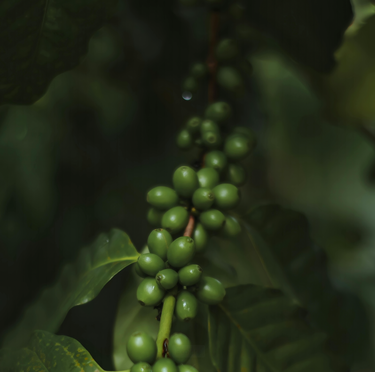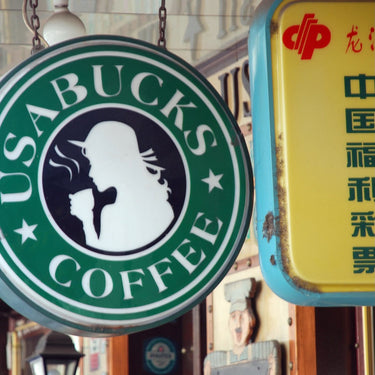In Colombia’s famed “Coffee Axis”, the hills are whispering a new name: cacao. Once the domain of Arabica beans, these slopes are now seeing a quiet revolution as farmers pivot from coffee to chocolate.
Climate change is the catalyst. Rising temperatures and erratic rainfall have made traditional coffee farming increasingly untenable. Pests and diseases, once manageable, are now rampant. The reliable rhythms of planting and harvesting have been disrupted, leaving farmers grappling with uncertainty and increasing costs.
Traditionally grown at lower elevations, cacao is now thriving at altitudes once reserved for coffee. Farmers like Claudia Giraldo in Risaralda have embraced this shift, replacing 95% of their coffee plants with cacao. The reasons are compelling: cacao is easier to manage, less susceptible to climate-induced ailments, and currently commands higher market prices.
However, this shift comes with challenges. There's a risk of deforestation as farmers clear land for new cacao plantations. To mitigate this, sustainable practices like agroforestry are being promoted, integrating cacao cultivation with native trees to preserve biodiversity and soil health.
For coffee enthusiasts, this evolution is a reminder of the intricate link between our brews and the planet's health. As Colombia's farmers adapt, so too must we, supporting sustainable practices and remaining open to the rich tapestry of flavours that both coffee and cacao offer. Which is why we here at Rave became part of 1% For The Planet while doing as much as we can do support a sustainable coffee industry.
It is another highlight of the strained supply chain coffee is currently undergoing with increased costs, tariffs, erratic pricing and operational issues that have led to the price of your brew rising and rising.







